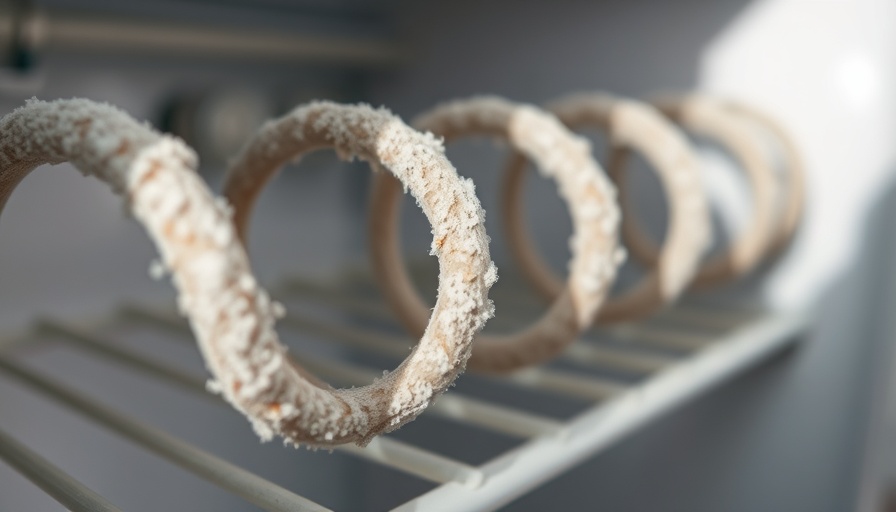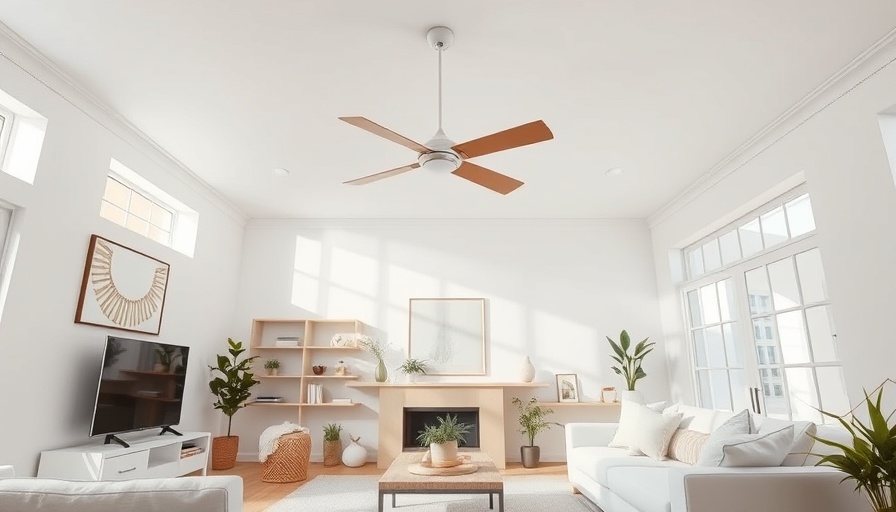
Why You Should Clean Your Refrigerator Coils Regularly
Your refrigerator is like a dedicated friend that keeps your food fresh and your drinks cold. But like any relationship, it requires a little maintenance to keep it running smoothly. That’s where cleaning your refrigerator coils comes in! Dust and debris can accumulate on these coils, causing your fridge to work overtime, which not only drains energy but also your wallet. Cleaning them is a simple yet effective step to ensure your appliance runs efficiently.
How Often Should You Clean Your Fridge Coils?
The frequency of cleaning your refrigerator coils can depend on a few factors. According to appliance experts, it’s generally recommended to give these coils a good clean every six months. However, if you have pets that shed or live in a dusty area, you might want to consider doing this every three months. Just think of it as a little spring cleaning for your fridge!
Tools You Need for the Job
Ready to get started? You won’t need much to tackle this task. Here’s what you should have on hand:
- Vacuum Cleaner: With a brush attachment, this can make your life much easier.
- Soft Brush: A small, soft-bristled brush will do wonders in reaching those tight spots.
- Cloth or Rag: To wipe away any dust or spills.
With these tools, you’re just a few steps away from a cleaner, more efficient refrigerator.
Steps for a Successful Clean
Now let’s break it down step by step:
- Unplug Your Refrigerator: Safety first!
- Locate the Coils: Typically found at the back or underneath the appliance.
- Brush Away the Dust: Use your soft brush to clear out dust bunnies, then vacuum up any remaining debris.
- Wipe Down Surfaces: Use a damp cloth to clean any spills or stains that may have accumulated.
- Plug It Back In: Once everything is clean and dry, plug your fridge back in and enjoy peace of mind!
Why This Matters: The Environmental Factor
Regularly cleaning your refrigerator coils not only saves you money on energy bills but also contributes to sustainability efforts. Energy-efficient appliances consume less energy, which means a smaller carbon footprint. So, as you keep your fridge healthy, you’re also doing your part for the planet. It’s a win-win!
Common Misconceptions About Fridge Maintenance
Some individuals tend to believe that as long as the fridge is functioning fine, there’s no need for maintenance. But that's a myth! Regular upkeep, like cleaning the coils, helps prevent long-term issues and ultimately keeps your appliance longevity intact. Ignoring this simple task can lead to bigger, costlier repairs down the line.
Unique Benefits of Cleaning Your Refrigerator Coils
Knowing when and how to maintain your refrigerator can yield several surprising benefits. Not only does it enhance energy efficiency, but it also prolongs the life of your appliance and cuts back on the frequency of breakdowns. Beyond the technicalities, consider it an act of self-care for your home.
Final Thoughts: A Sparkling Clean Fridge Awaits
Incorporating regular cleaning schedules into your home maintenance routine will pave the way for smarter living. From saving energy to extending the life of your fridge, it's a simple yet impactful task. So grab that vacuum and get to work!
 Add Row
Add Row  Add
Add 



Write A Comment